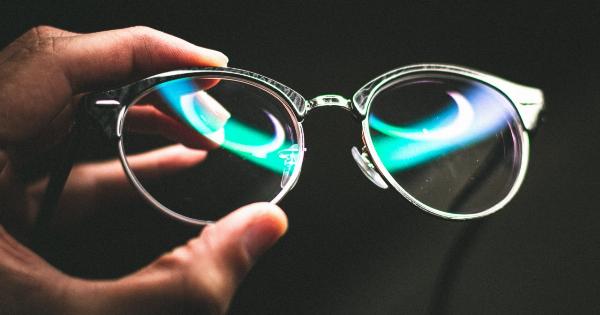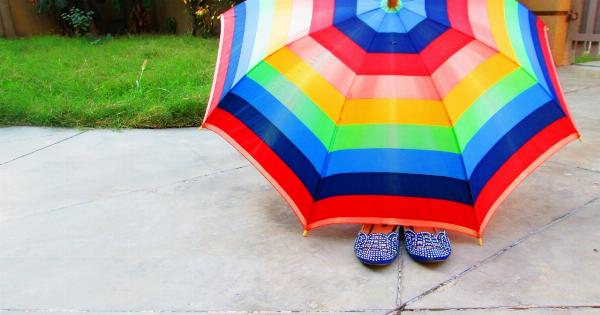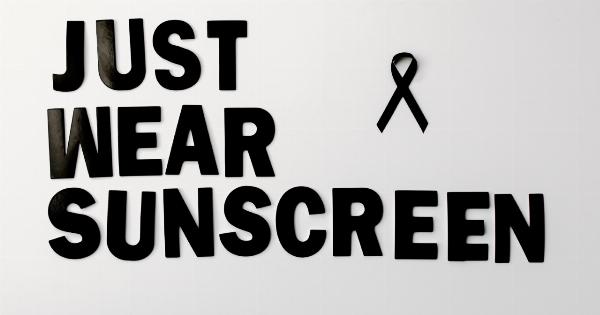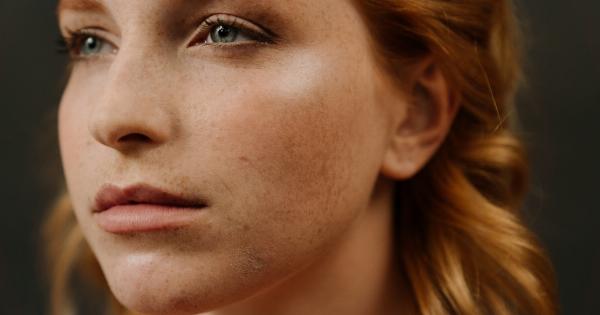The sun gives us warmth, light, and energy, but it also has the power to cause serious harm to our eyes.
Long-term exposure to UV radiation from the sun can lead to various eye problems, including cataracts, macular degeneration, and other eye conditions. This is where sunglasses come in. Not only do they help you look stylish, but they also work as protective shields for your eyes.
In this article, we’ll discuss the importance of wearing sunglasses and how they can help you protect your eyes from harmful sun rays.
Why Do You Need Sunglasses?
Firstly, sunglasses protect your eyes from harmful UV radiation. The UV rays in the sunlight can cause serious damage to the eyes, leading to various eye conditions.
However, wearing sunglasses can help block out these UV rays and reduce your risk of developing these conditions.
Secondly, sunglasses can help you avoid temporary problems caused by the sun. Glare and reflections from the sun can cause temporary blindness, making it difficult to see while driving.
Additionally, it can be challenging to enjoy outdoor activities such as hiking, fishing, or boating when the sun is bearing down on your eyes. Sunglasses help reduce glare and reflections, allowing you to enjoy outdoor activities without squinting or getting worried about temporary blindness.
Thirdly, sunglasses can help reduce eye fatigue. Squinting in the bright sun can cause strain to the eyes and lead to eye fatigue or headaches.
However, wearing sunglasses can reduce the intensity of the light entering the eyes and minimize squinting and eye strain, resulting in more comfortable vision and fewer headaches or eye fatigue problems.
Choosing the Right Sunglasses
While sunglasses can provide numerous benefits, it’s crucial to choose the right ones to protect your eyes properly. Here are some factors to consider when you’re shopping for the perfect pair:.
Fitting Sunglasses
The sunglasses should fit your face properly and cover your eyes entirely. When wearing a pair of sunglasses, no sunlight should reach your eyes from any sides.
The frame of the sunglasses should fit snugly around your nose, temples, and ears to keep them in position. If your glasses don’t fit well, the glasses are unlikely to block out all harmful rays, making them less effective.
UV Protection
Make sure that your sunglasses offer 100% UV protection. Sunglasses that don’t provide 100% protection from UV rays usually have a label that says they only block UVA and UVB, which are the two most damaging types of UV rays.
Choose sunglasses that have a label stating they block 100% of UV rays for adequate protection.
Lens Color
Not all lens colors are created equal. Some colors are better suited for specific conditions.
For example, yellow or orange lenses are great for low-light conditions, and they brighten and contrast your vision, making it easier to see objects in darker environments. Gray lenses are great in bright sunlight because they reduce glare and eye fatigue. Brown lenses suitable for variable light conditions, and they are known to help improve depth perception. Also, green lenses can enhance visual sharpness and contrast.
Frame material
The frame of the sunglasses also plays a significant role in reducing harmful rays from getting to your eyes. Choose frames made of higher quality materials that fit snugly, have durable hinges, and are lightweight.
Materials like Nylon, Polycarbonate, and Acetate are all ideal choices because they are lightweight, durable, and provide adequate protection.
Conclusion
It’s crucial to protect your eyes from harmful UV rays, and sunglasses are a great way to do that. Wearing sunglasses can help prevent serious eye damage and reduce eye fatigue and other eye problems.
When shopping for sunglasses, consider the factors mentioned in the article, such as fitting, UV protection, lens color, and frame material, to choose the perfect pair that will provide adequate protection.

























